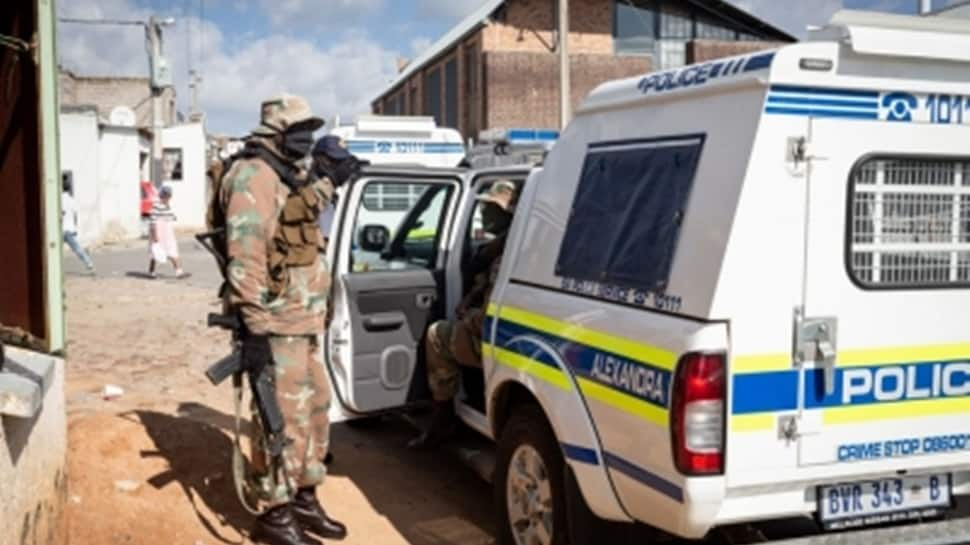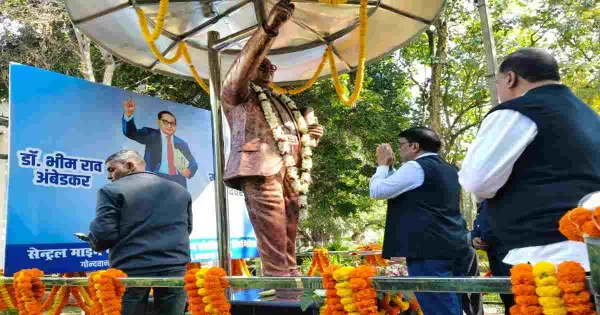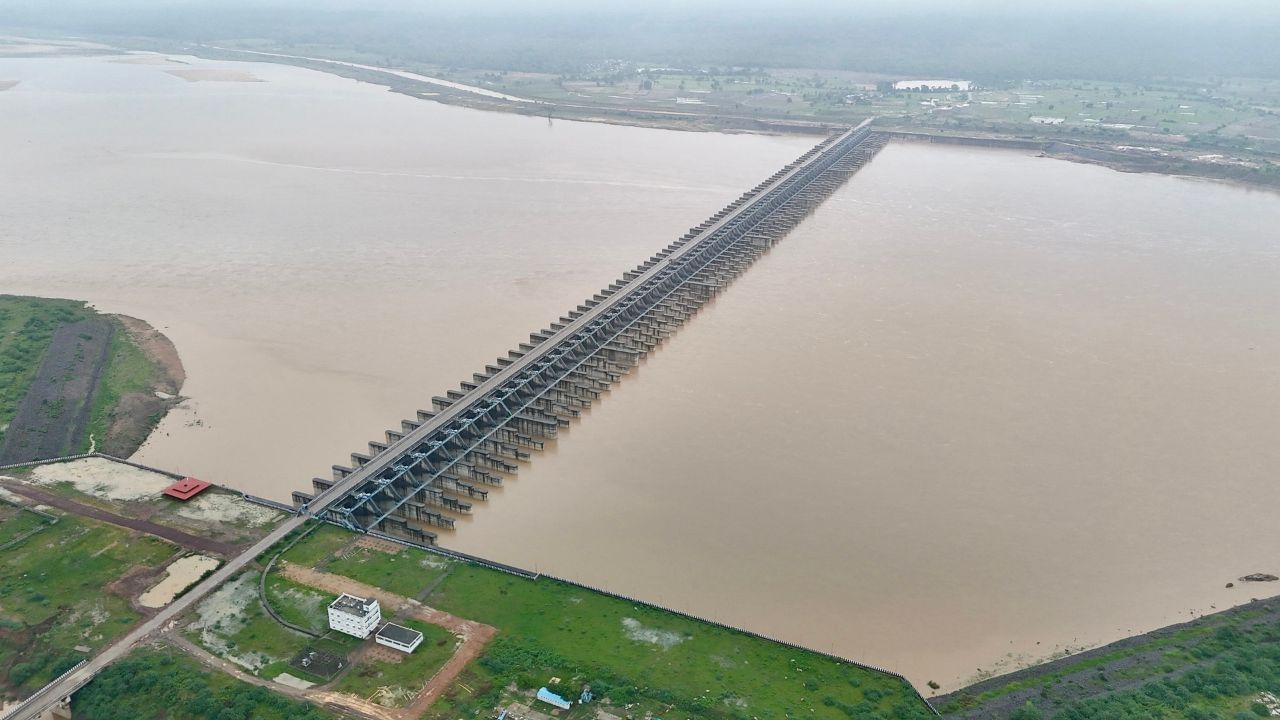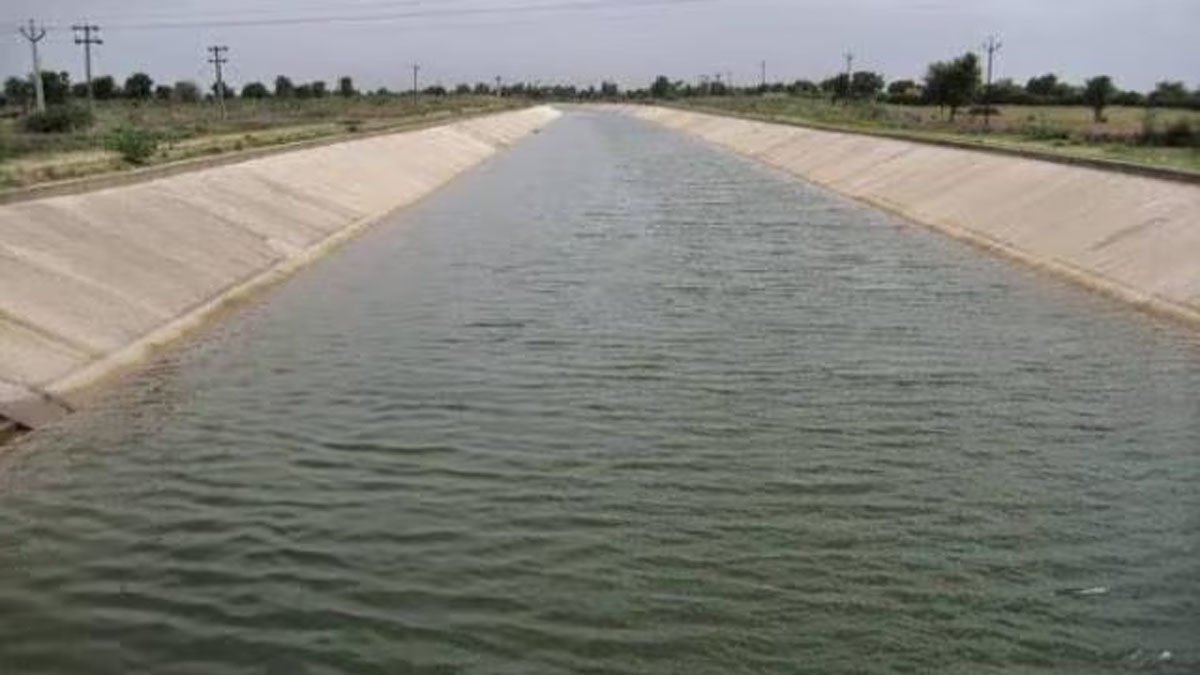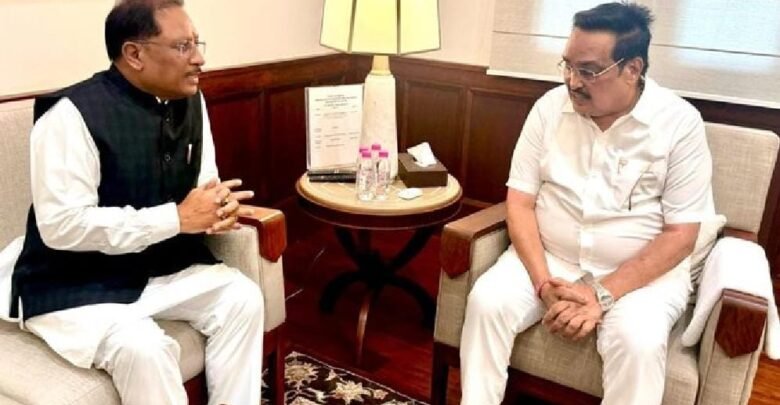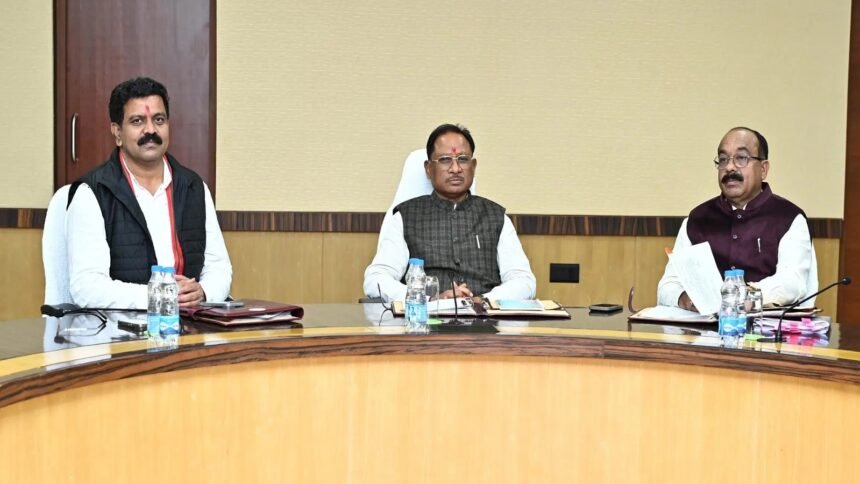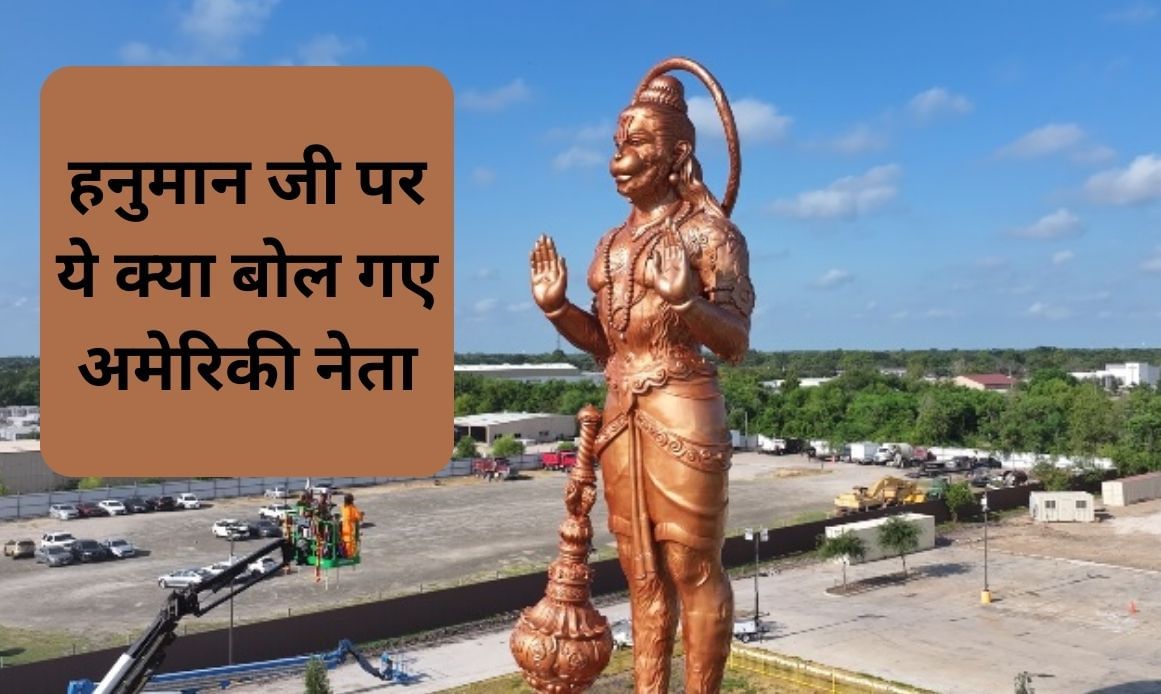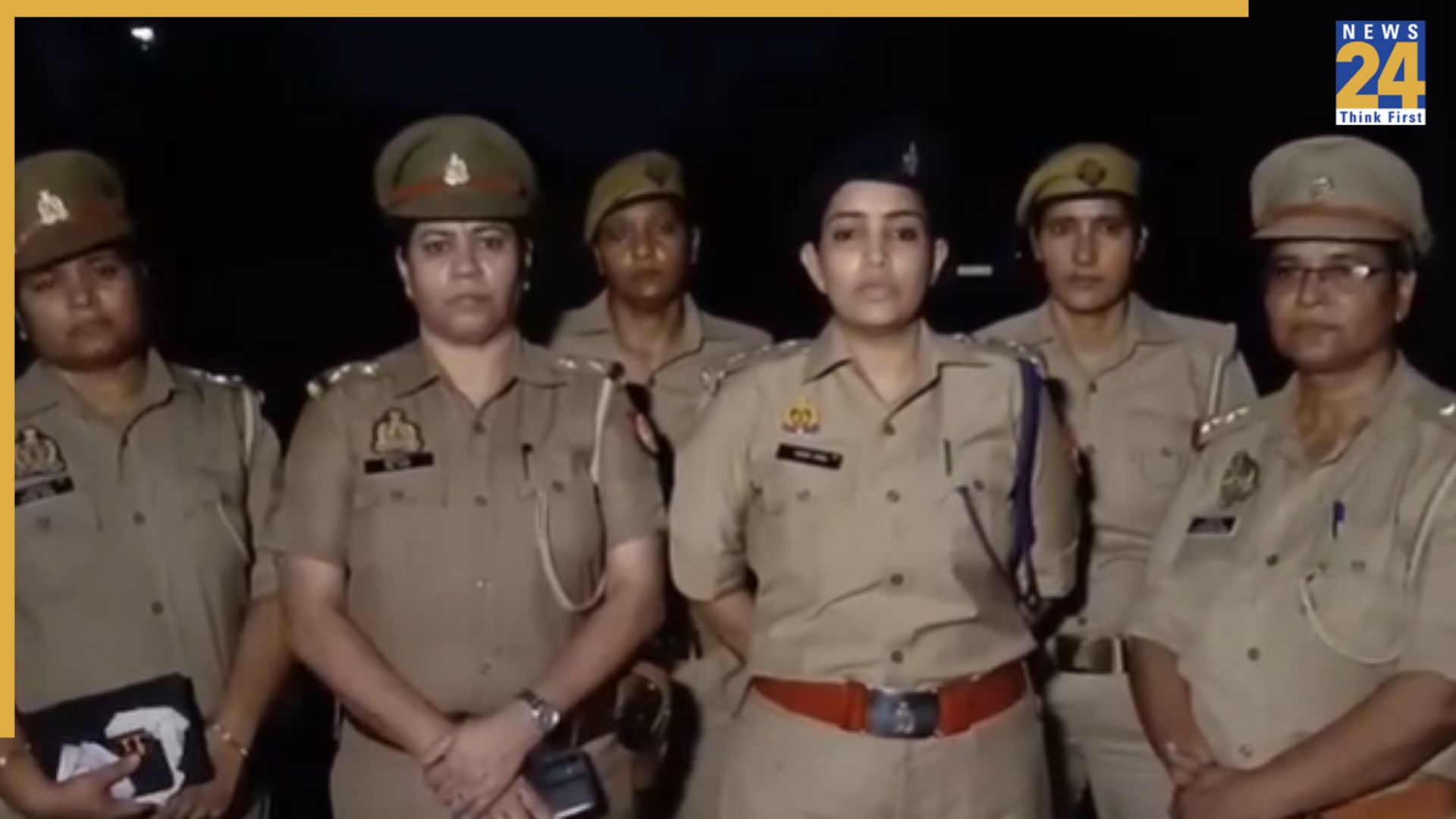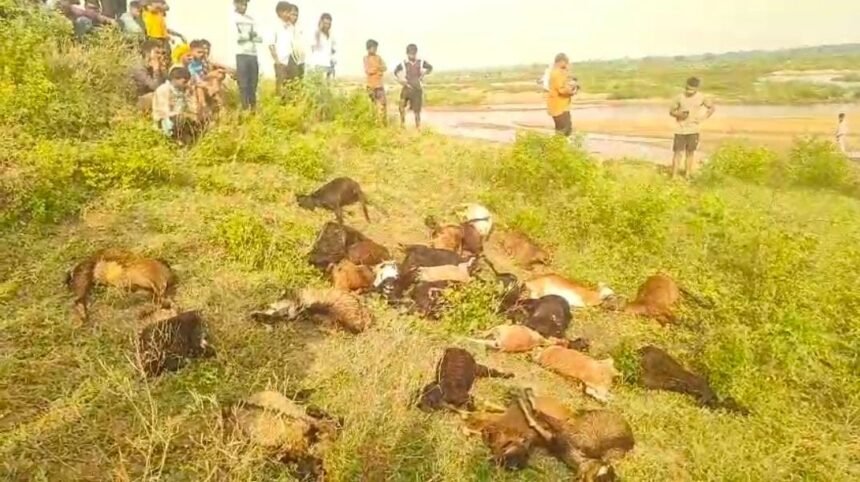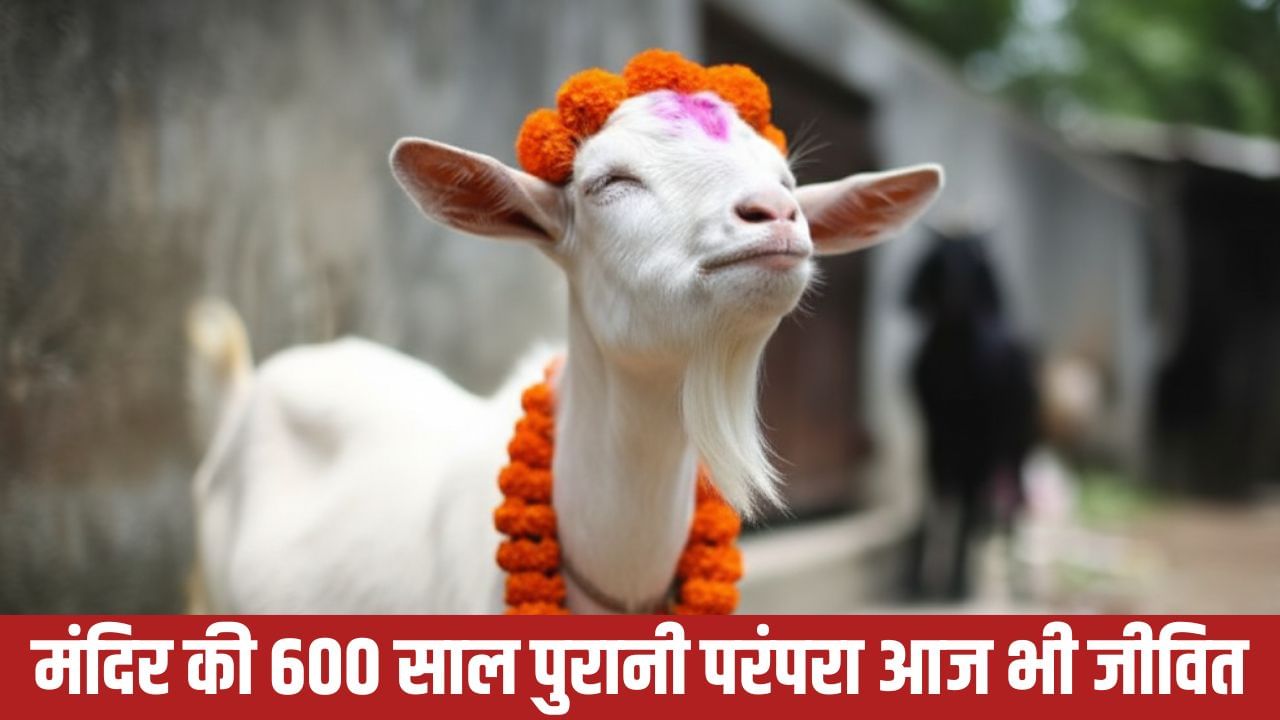Subscribe to Updates
Get the latest creative news from FooBar about art, design and business.
Browsing: Irrigation
Prime Minister Narendra Modi initiated the 20th installment of the PM Kisan Samman Nidhi, disbursing over 20,500 crore rupees directly to the…
Chief Minister Sai Meets Union Jal Shakti Minister to Discuss Bodhghat Multipurpose Project
1 Min Read
In a significant meeting held in New Delhi, Chhattisgarh Chief Minister Vishnu Deo Sai engaged in a courtesy visit with Union Jal…
A meeting of the state cabinet, chaired by Chief Minister Vishnu Deo Sai, will be held at 11 am on Wednesday, July…
